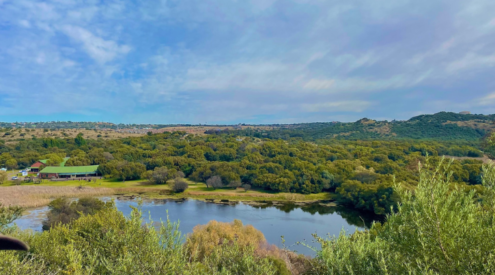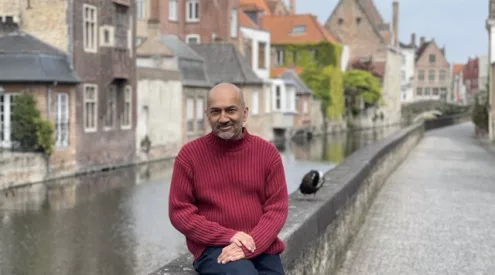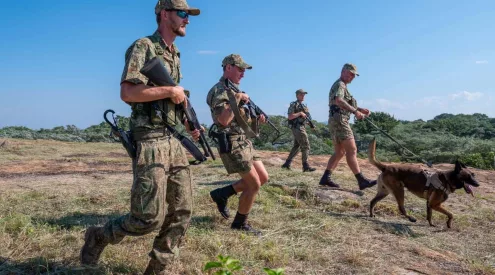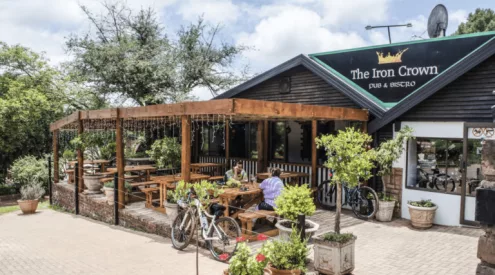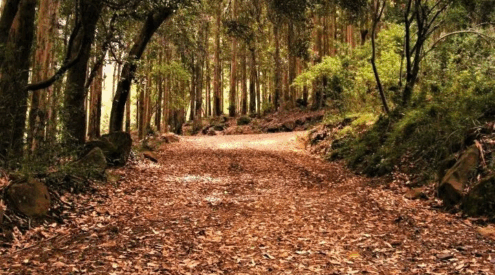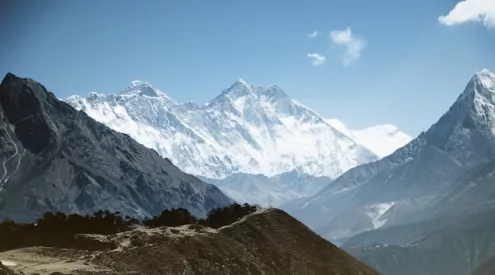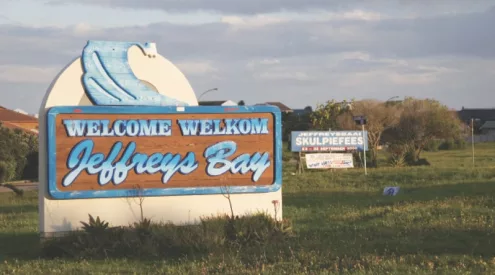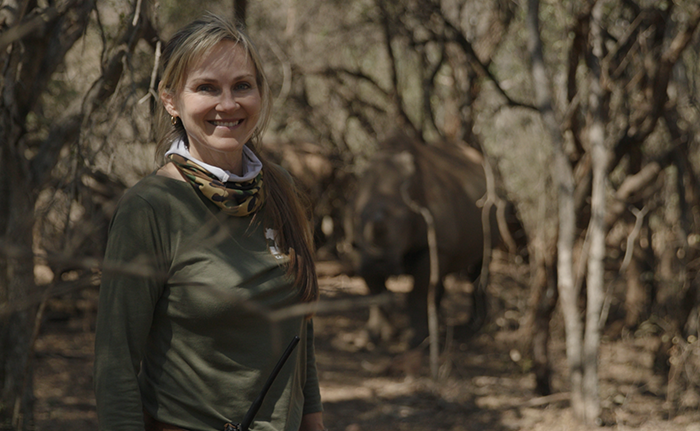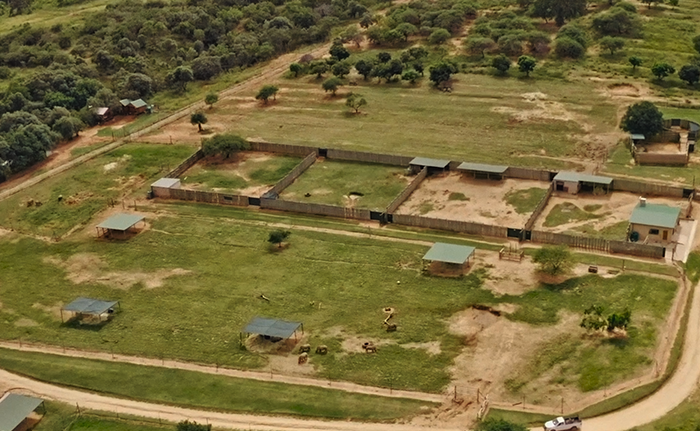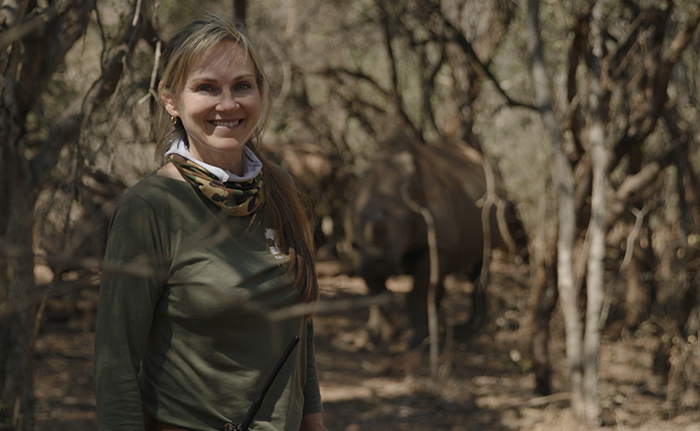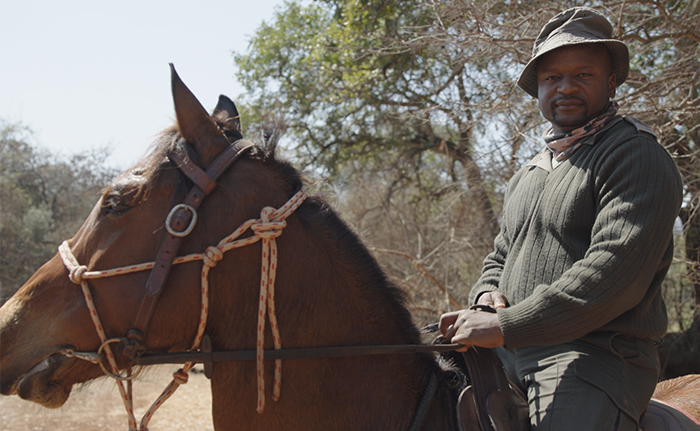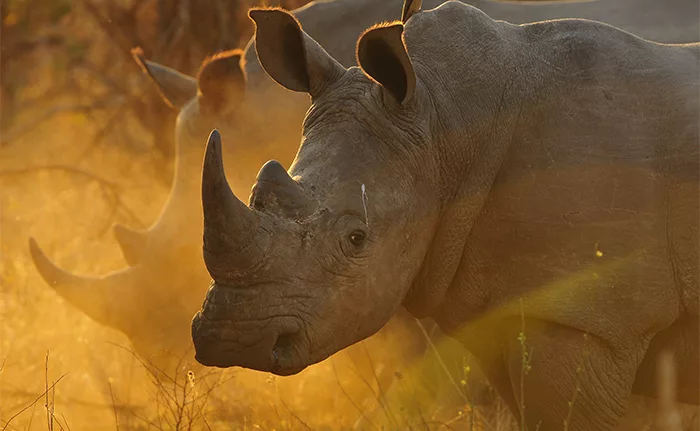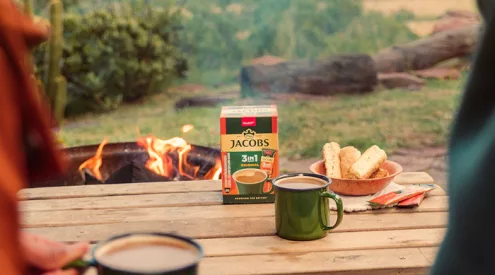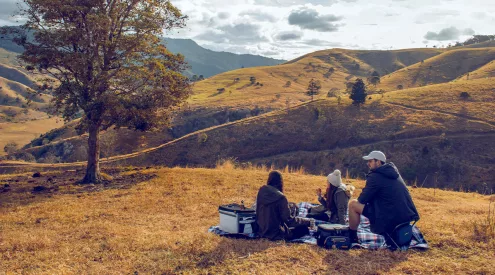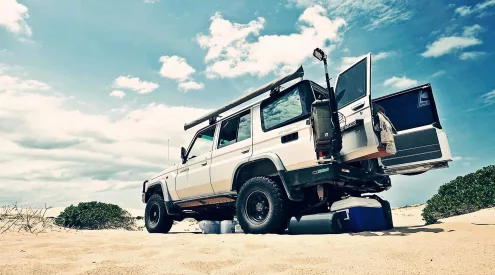Care for Wild rhino sanctuary exemplifies how the conservation of an endangered species can catalyse significant social development.
By Caroline Edey van Wyk, Investec Brand Editor
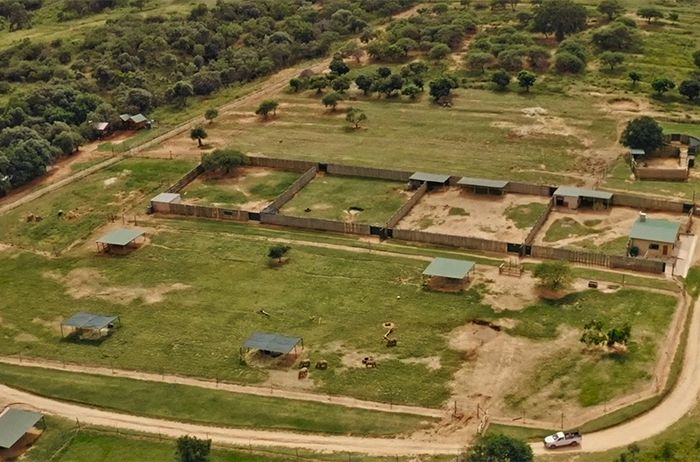
In 2014, 1,215 rhinos were poached in South Africa. At the peak of the crisis, South African National Parks approached Care for Wild, a small Mpumalanga conservation NPO, to home orphaned rhino calves and injured adults from the Kruger National Park.
Starting with just two buildings, a barn and a handful of volunteers, Care for Wild has grown into the world’s largest rhino sanctuary. Petronel Nieuwoudt, CEO and Founder, reflects: ‘I never thought ten years ago that what we’ve built could be possible. It feels unreal.’
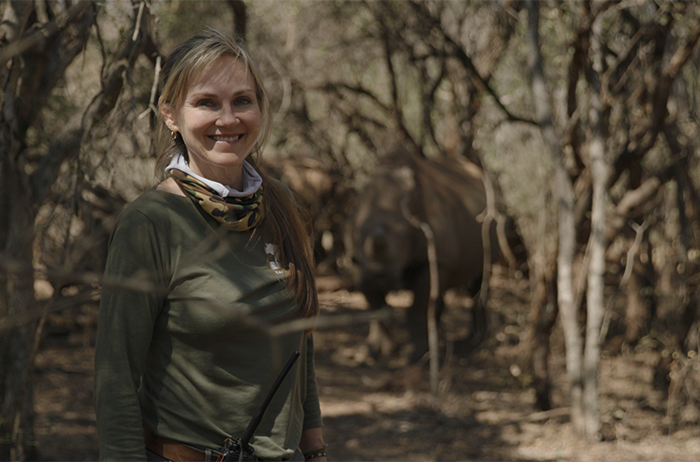
Petronel Niewoudt- Care for Wild CEO and founder
The sanctuary’s success hinges on meticulous planning, strategic partnerships, and a focus on community. ‘It’s impossible to save rhinos if we don’t consider impoverished local communities,’ says Nieuwoudt.
Care for Wild aims for a sustainable model that uplifts communities while tackling the root causes of poaching.
Job creation and skills development
Six years ago, Investec, who has partnered with Care for Wild since its inception, introduced Nieuwoudt to the Youth Employment Service (YES) programme – a business-led initiative supported by government to address youth unemployment.

Calvin Netshia, Duty Officer Anti Poaching unit, Care for Wild
Through YES, 814 unemployed youths from surrounding communities have gained paid work experience at Care for Wild, with around 40% securing permanent positions. This initiative equips participants with valuable skills for future careers in conservation.
Diversifying revenue streams
Reliance on donor funding poses risks – this was especially evident during Covid-19. To ensure sustainability, Care for Wild initiated the 100-hectare Lomshiyo farming project, providing 70 jobs and food for the community while generating income for the sanctuary.
Looking ahead, Care for Wild is expanding its rewilding area from 1 800 to 30 000 hectares, with plans to grow this to 200 000 hectares as part of the government’s 30×30 plan.
The plan includes recreating and preserving natural migration routes, expanding protected areas, and contributing to the global goal of allocating 30% of the planet to nature by 2030.
Reflecting on Care for Wild’s decade of impact this World Rhino Day, Investec’s head of Sustainability SA, Samantha Mooi says: ‘If corporates don’t find innovative ways to have a positive impact through conservation efforts, then climate change, water shortages and land loss will hamper our ability to do business long term.’
ALSO READ: First critically endangered Black Rhino calf born at Care for Wild

